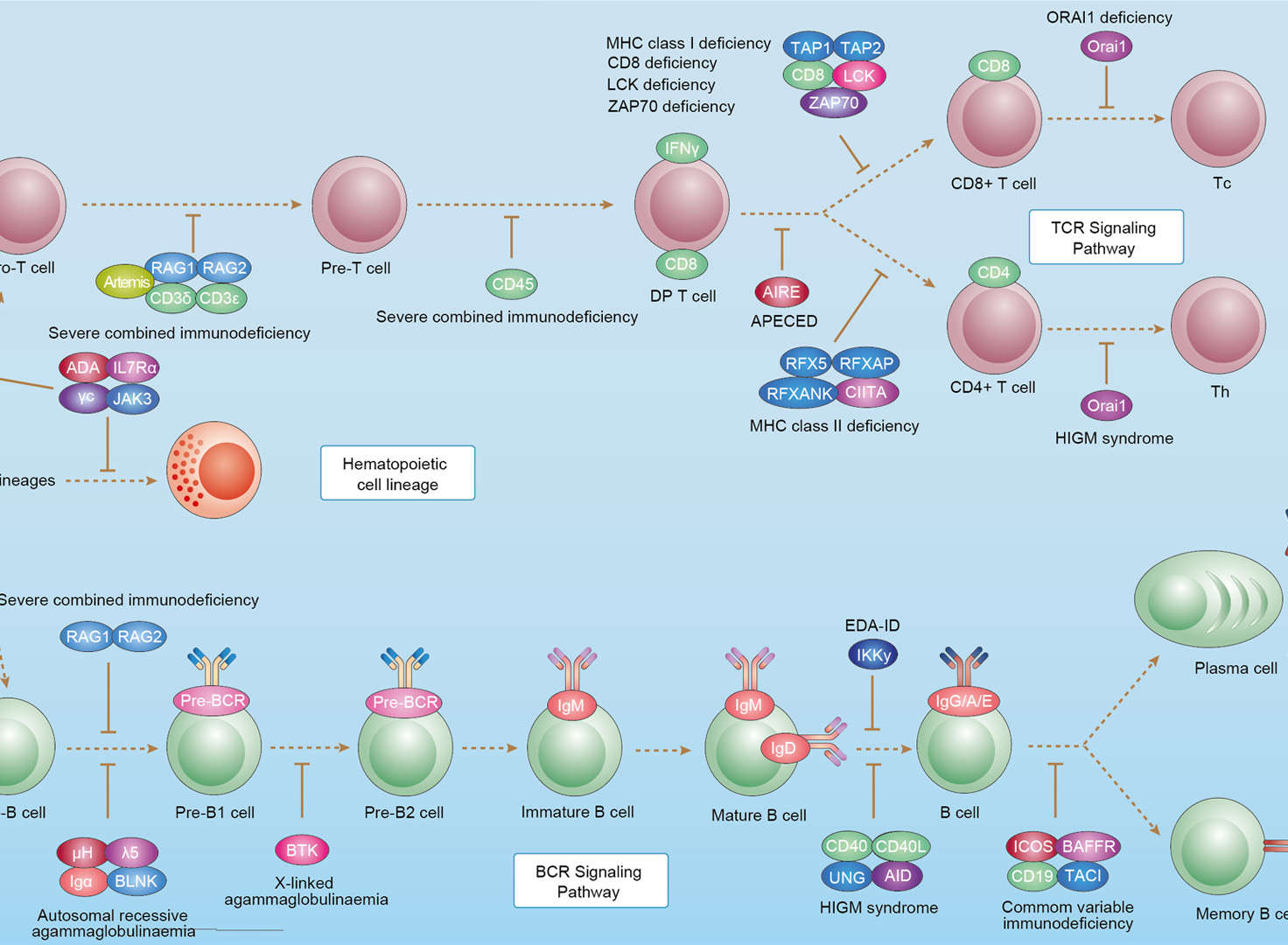+ Filter
 Loading...
Loading...

CD19 & FcαR
Engineered Antibody Products
Glyco-Engineering Antibody Products
Antibody Magnetic Beads
AbPlus
Recombinant Antibody Products
Functional Antibody Products
Formats
Anti-CD19 & FcαR Recombinant Antibody Products
- Mouse Anti-CD19 Recombinant Antibody (clone HIB19) (NEUT-287CQ)
-
- Species Reactivity: Human, Chimpanzee
- Type: Mouse IgG1, κ
- Application: FC, CyTOF, IHC, Block
- Rat Anti-CD19 Recombinant Antibody (clone 1D3) (NEUT-288CQ)
-
- Species Reactivity: Mouse
- Type: Rat IgG2a
- Application: Depletion, Block, FC
-
- Derivation: Mouse
- Species Reactivity: Human
- Type: ADCC enhanced antibody
- Application: ELISA, IP, FC, FuncS, Neut, IF
-
- Derivation: Human
- Species Reactivity: Human
- Type: ADCC enhanced antibody
- Mouse Anti-CD19 Recombinant Antibody (clone SJ25-C1) (NEUT-286CQ)
-
- Species Reactivity: Human
- Type: Mouse IgG1
- Application: Neut, FC, IHC, IHC-Fr, IP
More Infomation
Can't find the products you're looking for? Try to filter in the left sidebar.Filter By Tag
More Infomation
Our customer service representatives are available 24 hours a day, from Monday to Sunday. Contact Us
For Research Use Only. Not For Clinical Use.
This gene is a member of the immunoglobulin gene superfamily and encodes a receptor for the Fc region of IgA. The receptor is a transmembrane glycoprotein present on the surface of myeloid lineage cells such as neutrophils, monocytes, macrophages, and eosinophils, where it mediates immunologic responses to pathogens. It interacts with IgA-opsonized targets and triggers several immunologic defense processes, including phagocytosis, antibody-dependent cell-mediated cytotoxicity, and stimulation of the release of inflammatory mediators. Multiple alternatively spliced transcript variants encoding different isoforms have been described for this gene.
This gene encodes a member of the immunoglobulin gene superfamily. Expression of this cell surface protein is restricted to B cell lymphocytes. This protein is a reliable marker for pre-B cells but its expression diminishes during terminal B cell differentiation in antibody secreting plasma cells. The protein has two N-terminal extracellular Ig-like domains separated by a non-Ig-like domain, a hydrophobic transmembrane domain, and a large C-terminal cytoplasmic domain. This protein forms a complex with several membrane proteins including complement receptor type 2 (CD21) and tetraspanin (CD81) and this complex reduces the threshold for antigen-initiated B cell activation. Activation of this B-cell antigen receptor complex activates the phosphatidylinositol 3-kinase signalling pathway and the subsequent release of intracellular stores of calcium ions. This protein is a target of chimeric antigen receptor (CAR) T-cells used in the treatment of lymphoblastic leukemia. Mutations in this gene are associated with the disease common variable immunodeficiency 3 (CVID3) which results in a failure of B-cell differentiation and impaired secretion of immunoglobulins. CVID3 is characterized by hypogammaglobulinemia, an inability to mount an antibody response to antigen, and recurrent bacterial infections.


 Primary Immunodeficiency
Primary Immunodeficiency